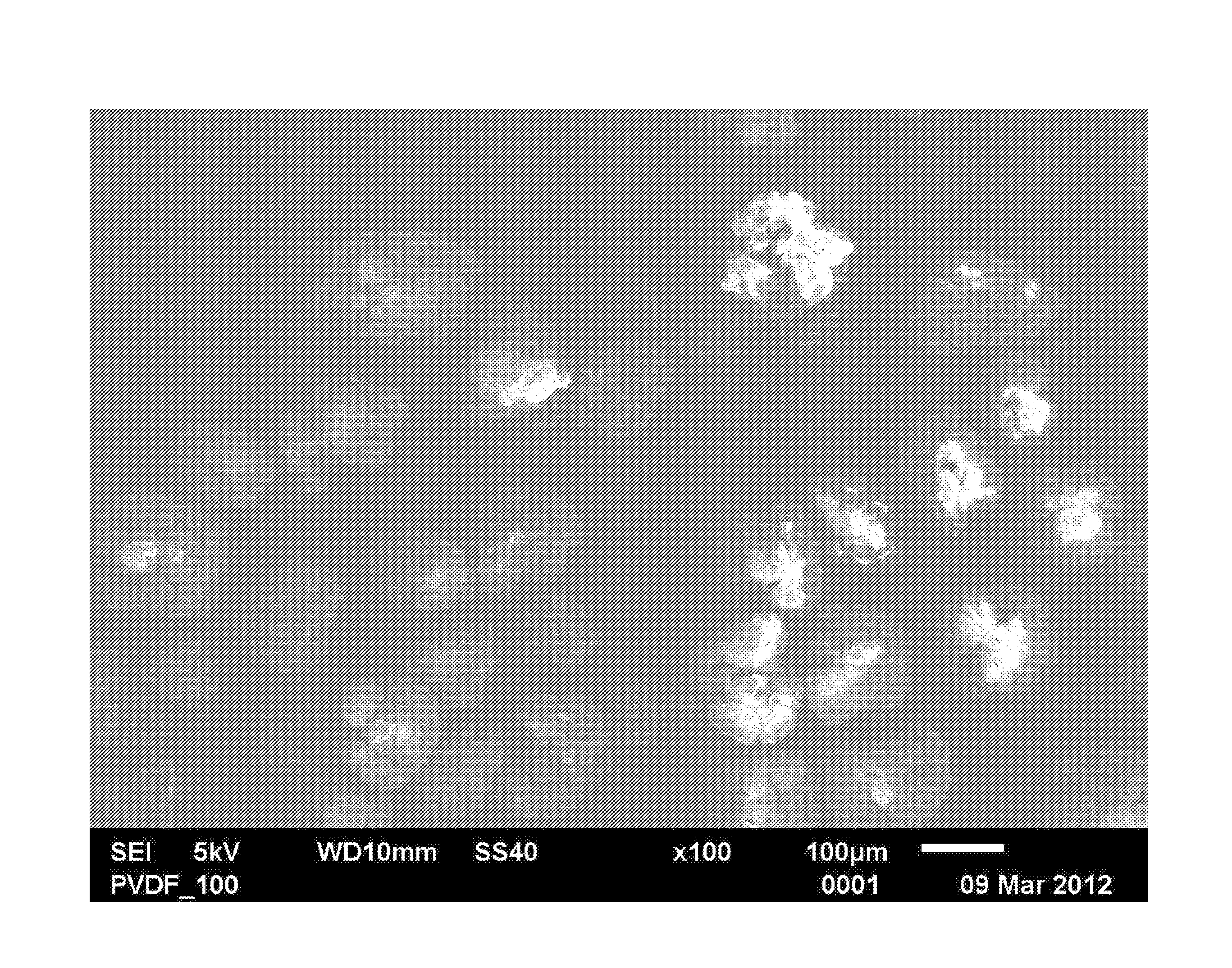Si/c composite anodes for lithium-ion batteries with a sustained high capacity per unit area
a lithium-ion battery and composite anode technology, applied in the direction of electrode collector coating, negative electrode, coating, etc., can solve the problems of large volume expansion during lithiation, loss of electronic percolation, anode fracture, etc., and achieve the effect of less commercialization
- Summary
- Abstract
- Description
- Claims
- Application Information
AI Technical Summary
Benefits of technology
Problems solved by technology
Method used
Image
Examples
Embodiment Construction
[0068]Experimental Part
[0069]A) Material Preparation
[0070]The carbon / silicon composite, the active material (AM), was prepared in two steps. Firstly micro size commercial silicon powder was annealed with a polymer (carbon source) and the polymer subsequently pyrolyzed to form pyrolyzed polymer coated silicon. Secondly, a ball milling step was performed to achieve silicon composite particles with a desired size distribution and carbonaceous flakes. The morphology of the powders was inspected by scanning electron microscopy (SEM) and the size distribution with a Cilas 990 Laser Particle Size Analyser. Organic analysis was performed using a LECO C / H / N Analyser.
[0071]In a typical silicon / carbon AM synthesis, poly(vinyl chloride) (PVC, Aldrich, FIG. 5) and silicon particles 10-40 μm (Aldrich, 325 Mesh) were homogeneously mixed (w / w silicon to PVC 3:7), transferred into an oven and purged with an argon flow (this flow was maintained until the product had cooled to less than about 150° C.)...
PUM
| Property | Measurement | Unit |
|---|---|---|
| particle size | aaaaa | aaaaa |
| particle size | aaaaa | aaaaa |
| particle size | aaaaa | aaaaa |
Abstract
Description
Claims
Application Information
 Login to View More
Login to View More - R&D
- Intellectual Property
- Life Sciences
- Materials
- Tech Scout
- Unparalleled Data Quality
- Higher Quality Content
- 60% Fewer Hallucinations
Browse by: Latest US Patents, China's latest patents, Technical Efficacy Thesaurus, Application Domain, Technology Topic, Popular Technical Reports.
© 2025 PatSnap. All rights reserved.Legal|Privacy policy|Modern Slavery Act Transparency Statement|Sitemap|About US| Contact US: help@patsnap.com



